Sei Co-Founder Jeff shares his views on the L1 field, the perspectives on monolithic blockchain development and modular blockchain development, and the ultimate vision of SEI.
Original Title: "Endgame for Sei: AMA with Jeff, Co-Founder of SEI"
Author: IGNAS | DEFI RESEARCH
Translation: Yvonne, Mars Finance
Recently, Sei has become the focus. But why? Since there are already so many alternative L1 and L2 options, what makes SEI L1 special?
Therefore, I decided to directly ask the SEI team to understand their views on the L1 field, their perspectives on monolithic blockchain development and modular blockchain development, and the ultimate vision of SEI.
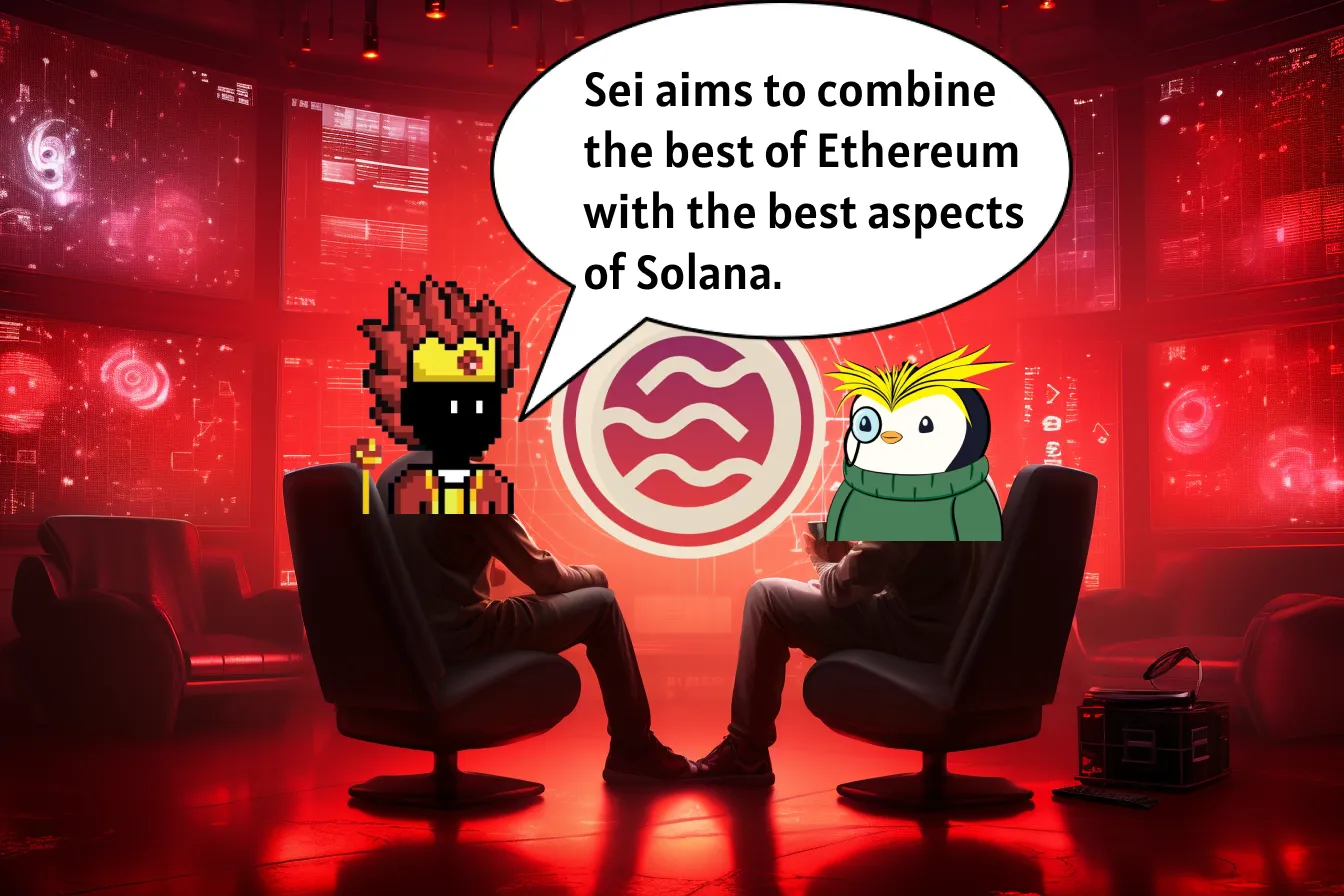
Other topics discussed:
- Has Ethereum won the L1 competition?
- What are the special features of SEI V2 and parallel EVM?
- What exciting things are coming up for Sei and the SEI ecosystem?
By the way, I recently stopped sponsoring my blog and decided to share the protocols that I think will bring huge airdrops. Yaka Finance DEX on Sei provides free airdrops for testnet users who complete "Milestones" (such as exchanges and LP provision). I would be grateful if you use my referral link to register.
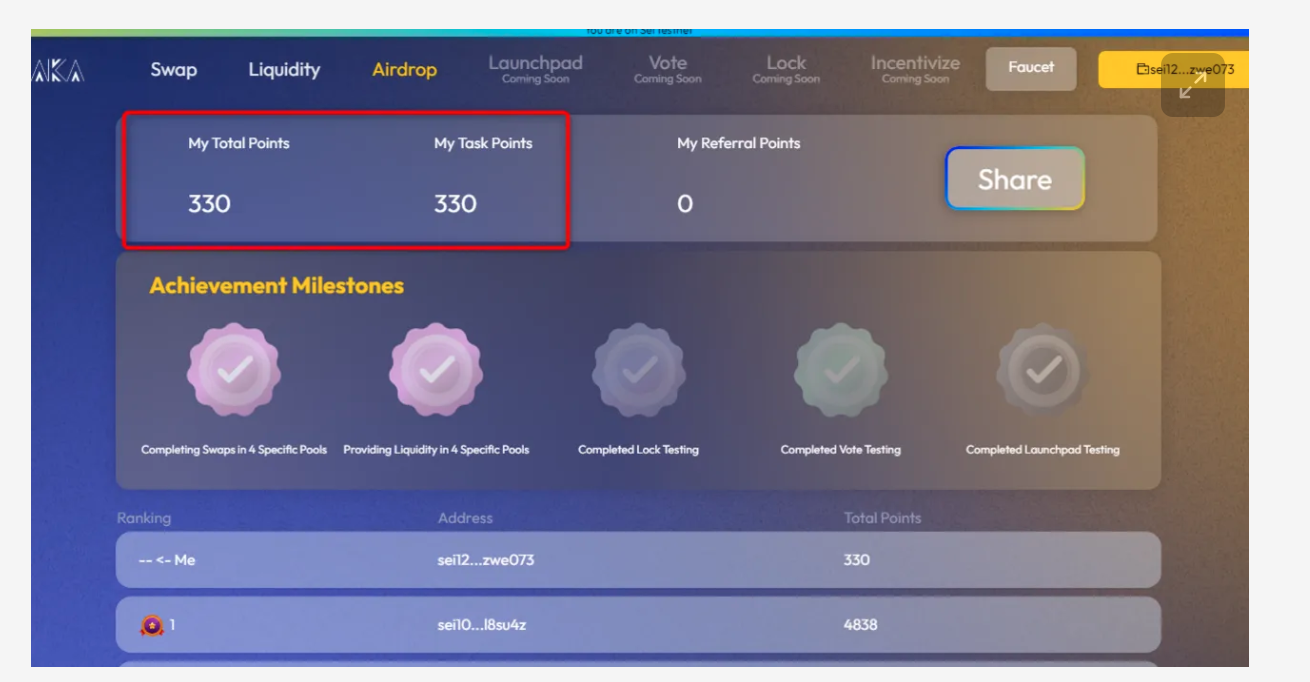
Question 1: In the era of multiple L1 and increasing Layer 2, what is the significance of L1 (especially Sei)? Do you agree with Sanket (Polygon) and the CEO of Matter labs that Ethereum has already won the L1 competition?
Jeff: Jay and I founded Sei Labs in 2021 because we were trying to build a DEX and were evaluating every infrastructure option: Ethereum, Avalanche, Arbitrum, Solana, and even Terra.
It was clear that it was impossible to build a truly decentralized exchange that could rival the user experience of Coinbase and Binance, whether built on Layer 1 or Layer 2.
This user problem is the reason we created Sei.
Sei is fundamentally aimed at solving the user experience problem in cryptocurrency. If Sei succeeds, applications will be able to provide a user experience almost identical to any Web2 competitor, which would be very powerful.
Being the first to achieve EVM parallelization is a key part of Sei's solution to the user experience problem. Sei has adopted several significant advancements proven by Solana and brought them into the thriving Ethereum ecosystem.
This journey also includes other major technical advantages, such as Optimistic parallelization and the Twin-turbo consensus created by Sei Labs.
To directly answer this question, Sei is the first project exploring EVM parallelization, which could become a potential extension method for the broader Ethereum ecosystem.
We hope that the Ethereum community will one day leverage Sei's open-source codebase to realize new scaling possibilities. It's easy for people to view this industry as a zero-sum game.
However, the cryptocurrency industry as a whole is still in an incredibly nascent stage, and we take a positive-sum view. Ethereum, Sei, and L2 can help the industry scale in the future.
Question 2: You recently released Sei V2, the first parallelized EVM blockchain. But what are the special features of V2, and what is a true "parallelized blockchain"?
Why would dApps choose to build on Sei instead of other L1s and Ethereum L2s?
Jeff: The V2 update is the largest update to the Sei blockchain to date. Sei introduces four major improvements:
- Backward-compatible EVM - Sei uses Geth at the core for full EVM bytecode compatibility. In summary, builders on Sei can benefit from a wide range of Ethereum tools such as MetaMask, Foundry, Remix, and Hardhat.
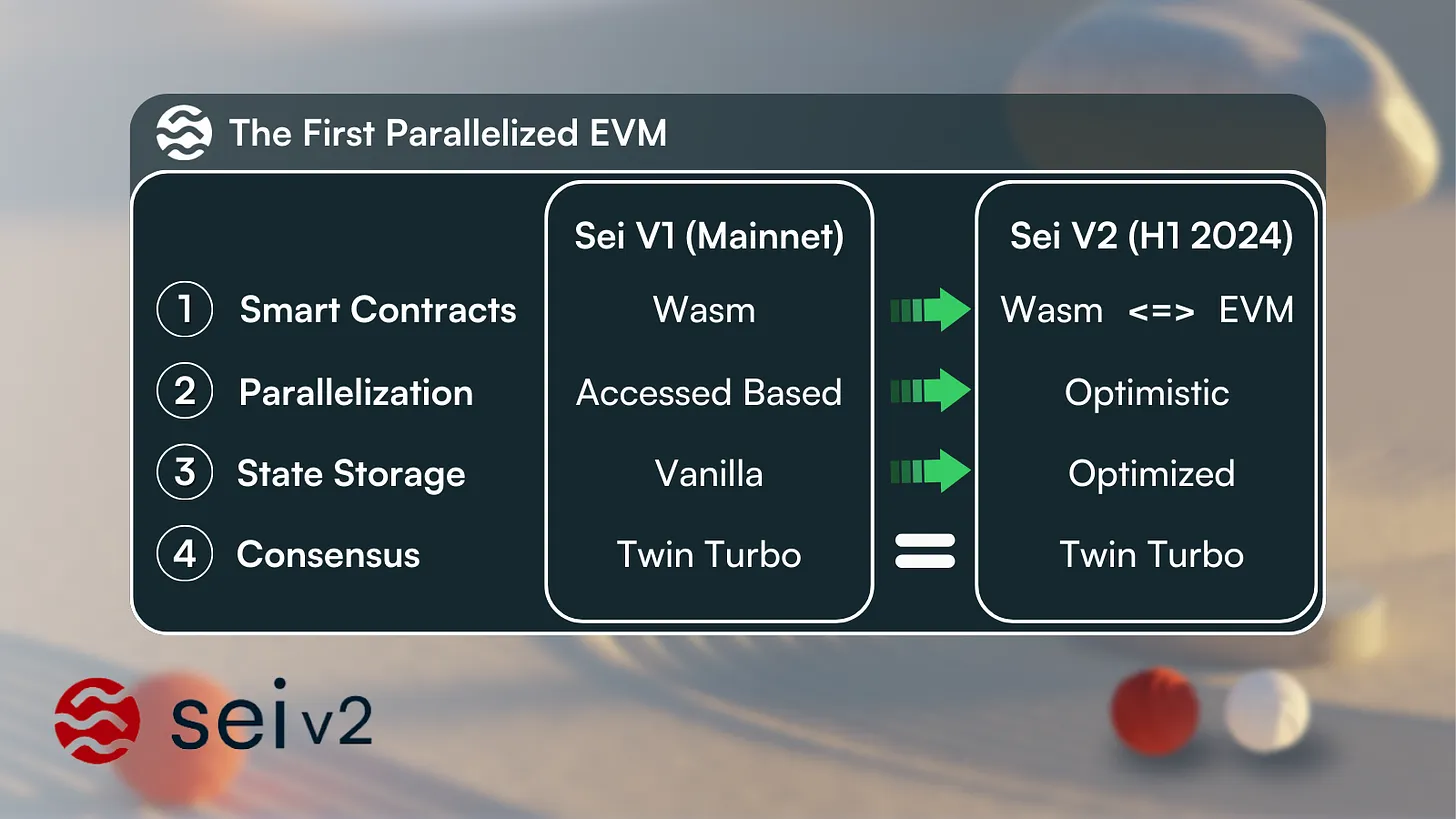
- Optimistic parallelization - Currently, most parallel chains (such as Solana) treat parallelization as an option, requiring developers to do extra work to use parallelization, which most developers do not. Sei automatically parallelizes smart contracts, so developers don't have to do this work.
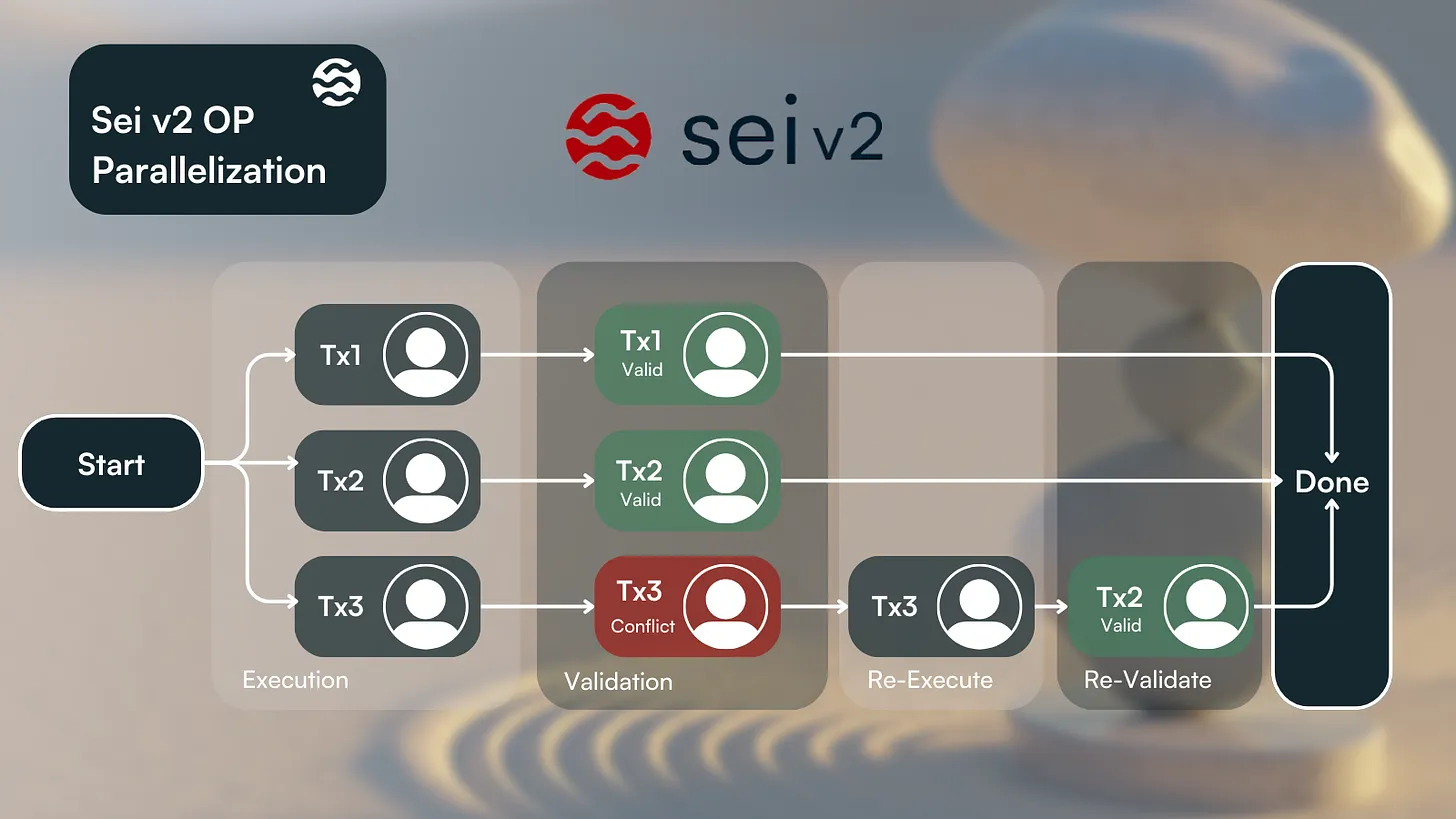
SeiDB. Sei separates state commitment and state storage to reduce block processing time, reduce bloated states, and run a new full node faster.
Sei V2 will allow EVM contracts to interact with existing Cosmwasm smart contracts, and vice versa, allowing the best builders on Cosmos to collaborate with the best builders on Ethereum.
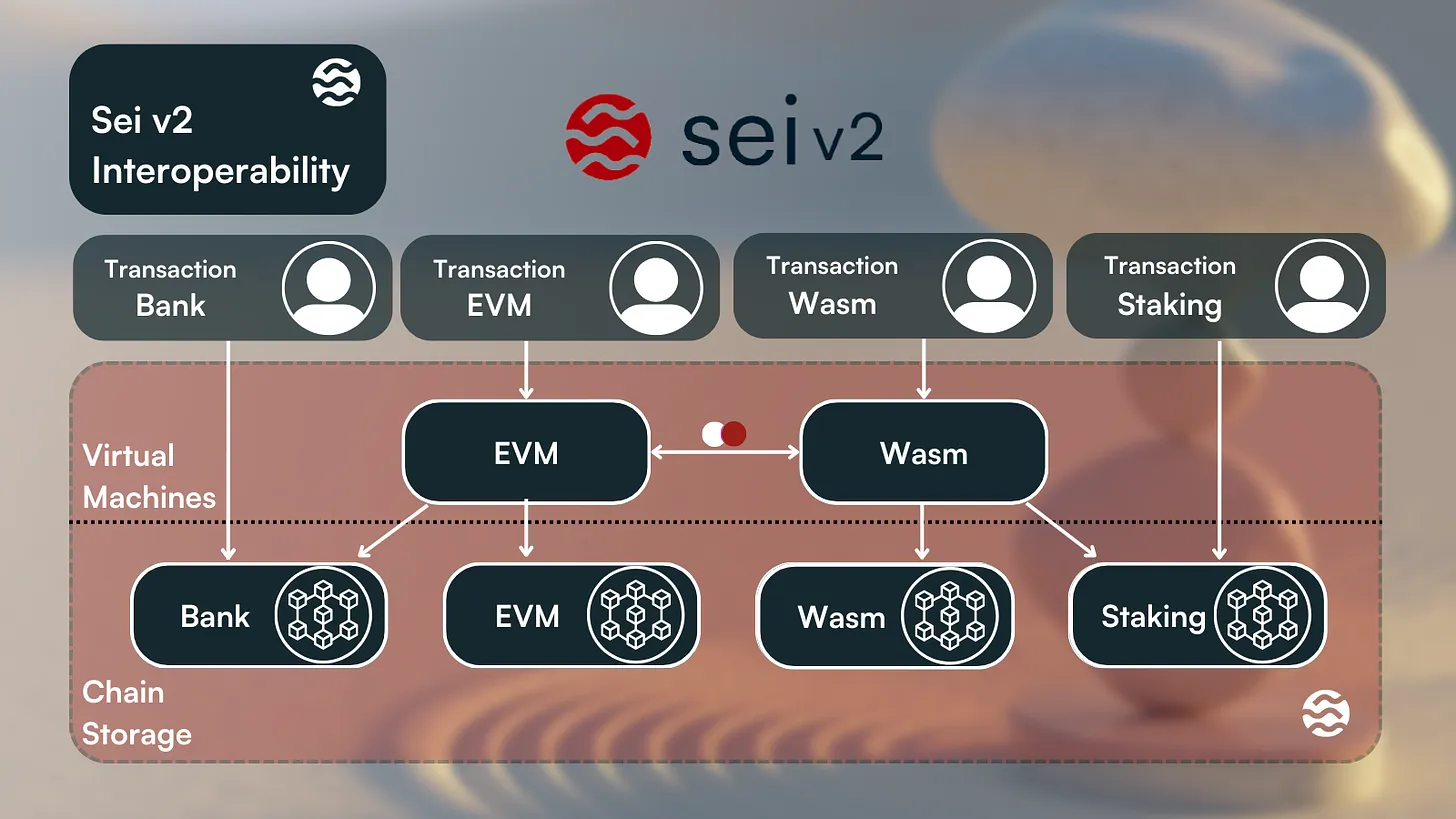
Why would applications choose Sei?
Sei is historically the fastest L1: an average final confirmation time of 390 milliseconds makes Sei several times faster than the highest-performing Layer 1 and Layer 2.
Try this chain for yourself! It's getting closer to the near-instant user experience we're used to with Web2 applications.
Sei V2 inherits the proven advantages of Sei, enabling global EVM developers to use familiar tools like Metamask.
Sei V2's backward compatibility with EVM smart contracts allows developers to deploy audited smart contracts on EVM-compatible blockchains without modifying the code.
The Sei community is one of the most unique in the industry. A very close-knit community has formed on Sei, where they enjoy trying out new applications and exploring new possibilities. I suggest you go and experience the atmosphere and memes here for yourself.
Question 3: Modular design and monolithic design are two different approaches to blockchain scaling. Ethereum is leading in modular scaling, introducing a large number of L2 solutions and an increasing number of data availability layer chains. On the other hand, Solana and Fantom have chosen monolithic design.
You focus on monolithic scaling. Could you please explain the reasons for this choice? Additionally, I would like to hear your thoughts on these two approaches.
Jeff: Sei focuses on monolithic design.
The performance ceiling of monolithic systems is inherently higher. Essentially, while modular design is flexible and great for experimentation and iteration, it often adds complexity when used at scale.
Looking ahead, especially five years from now, I firmly believe that the highest-performing infrastructure will still be monolithic. This does not diminish the value of the modular approach, especially in innovation and specific use case areas. But in terms of raw performance and simplified operations, monolithic design will lead the way.
This is not a new dynamic. For decades, monolithic design has been the gold standard for Web2 performance and user experience. Modular design may be helpful in the early stages of application experimentation, but ultimately, for serving billions of users and providing the best user experience, monolithic design is the most reasonable.
Question 4: What can we look forward to next for Sei and the SEI ecosystem? Can you share any upcoming dApps?
Jeff: Looking ahead, we are preparing for the testnet of Sei v2, planned to be launched around next month. The transition to the mainnet is scheduled for the first half of 2024 and will undergo comprehensive management and auditing to ensure maximum security and efficiency.
I encourage everyone to explore the Sei ecosystem, which is currently buzzing with activity. Special recognition goes to the active projects such as Astroport, Silo Stake, Pallet, Webump, Colony, and Seiyans, which are leading the way.
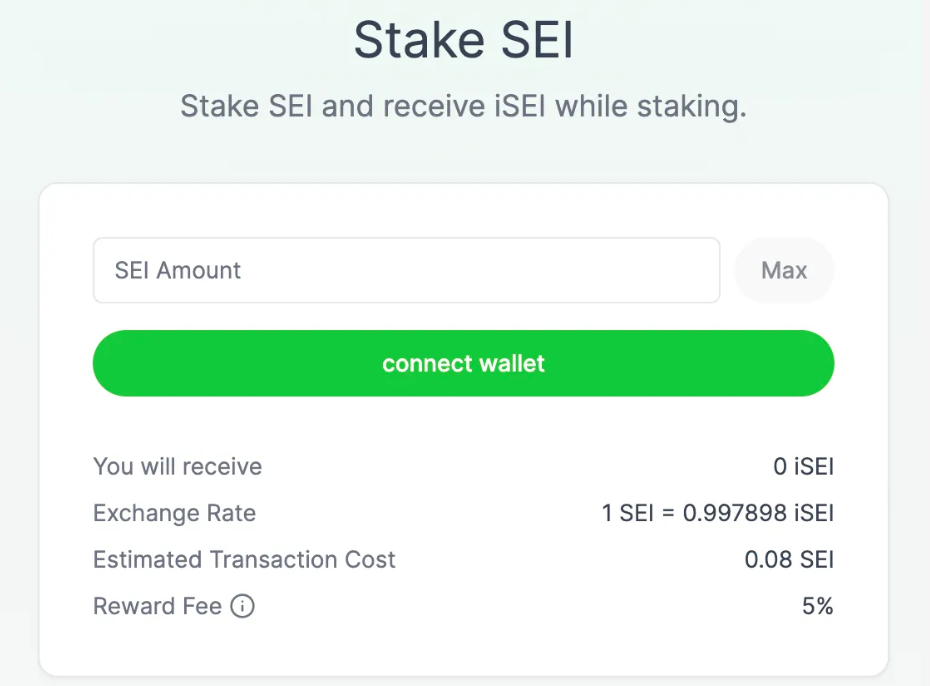
Question 5: What is the ultimate plan and vision for Sei?
Jeff: The code for Sei V2 is already completed and running on the development network, so excellent teams can come and try it out!
The performance test results are impressive, achieving over 5,000 transactions per second (TPS) within 300 milliseconds, theoretically processing about 12,500 transactions per second. Considering batch orders, this means we can process about 28,000 operations per second.
Sei aims to combine the strengths of Ethereum with the strengths of Solana.
The incredible tools and developer world of Ethereum combined with the performance and speed advancements of Solana. This will provide the best environment for the flourishing of applications and serving the next billion users.
免责声明:本文章仅代表作者个人观点,不代表本平台的立场和观点。本文章仅供信息分享,不构成对任何人的任何投资建议。用户与作者之间的任何争议,与本平台无关。如网页中刊载的文章或图片涉及侵权,请提供相关的权利证明和身份证明发送邮件到support@aicoin.com,本平台相关工作人员将会进行核查。




